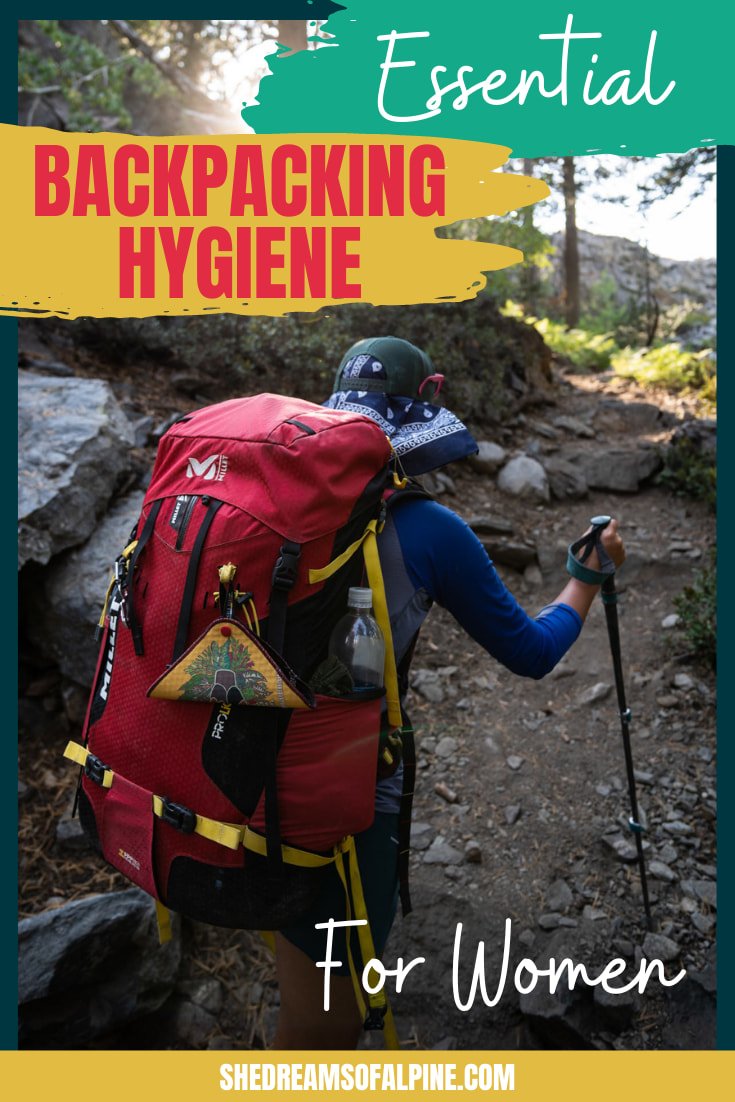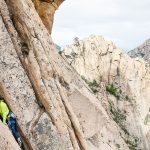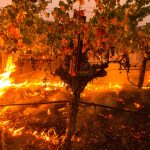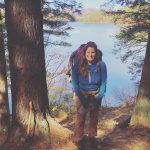
 Though the Northeast’s forests are very productive and vegetation seems vigorous and plentiful, damage to plants due to backcountry recreation is a widespread and increasing problem. Select routes that avoid fragile terrain, critical wildlife habitat or any area where signs of your passage will invite others to follow. Campsites in pristine areas that are used for too many nights during a growing season-generally as little as five to ten days per year-or that receive heavy use over a short period of time are very susceptible to severe and long term vegetation damage. All alpine areas are considered fragile because of susceptibility to trampling, slow recovery from impact, and the large number of hikers that visit them. Stick to trails in the alpine zone. If you must leave the trail, walk on exposed rocks. Areas of wet soils are also considered fragile. On ground that is saturated either year round-marshy or boggy areas-or by heavy rains, restrict off-trail travel to exposed rocks, sandy soils, or find alternate routes. Broad-leafed plants and low-growing shrubs, common in alpine areas and the forest floor, are also fragile. Choose routes that avoid these vegetation types.
Though the Northeast’s forests are very productive and vegetation seems vigorous and plentiful, damage to plants due to backcountry recreation is a widespread and increasing problem. Select routes that avoid fragile terrain, critical wildlife habitat or any area where signs of your passage will invite others to follow. Campsites in pristine areas that are used for too many nights during a growing season-generally as little as five to ten days per year-or that receive heavy use over a short period of time are very susceptible to severe and long term vegetation damage. All alpine areas are considered fragile because of susceptibility to trampling, slow recovery from impact, and the large number of hikers that visit them. Stick to trails in the alpine zone. If you must leave the trail, walk on exposed rocks. Areas of wet soils are also considered fragile. On ground that is saturated either year round-marshy or boggy areas-or by heavy rains, restrict off-trail travel to exposed rocks, sandy soils, or find alternate routes. Broad-leafed plants and low-growing shrubs, common in alpine areas and the forest floor, are also fragile. Choose routes that avoid these vegetation types.
Select an appropriate and durable campsite. The durable surfaces already described are also appropriate for camp sites. Use remote sites for one or two nights only.
Consider your visual impact on other users or wildlife. Tuck your campsite out of view, behind natural screening such as trees or rocks. Camping too close to openings or other people compromises the scenic qualities and feeling of solitude that remote areas offer. Remember that you should camp at least 200 feet away from trails, water and other camps.
Camp layout is also important at remote sites. Choose a durable site for your kitchen since it receives the most use. It may be necessary to relocate the kitchen periodically to disperse impacts. The sleeping area receives the least amount of impact. Separate cooking, sleeping, and gear storage areas so any trampling that occurs will be dispersed. To avoid creating “social” trails, vary the paths you take to and from each area. Reduce the number of trips to water by carrying a large collapsible container. Make it a priority to regulate your activities so you don’t impact the natural features of your site.
When breaking camp, naturalize the site by replacing any rocks or sticks that may have been moved. Re-cover any scuffed-up areas with natural materials, and brush out footprints or matted grass with a stick. The site will need time to completely recover. Naturalizing it keeps it from standing out to the next party as an obvious place to camp and gives any pristine area a better chance of staying that way.



